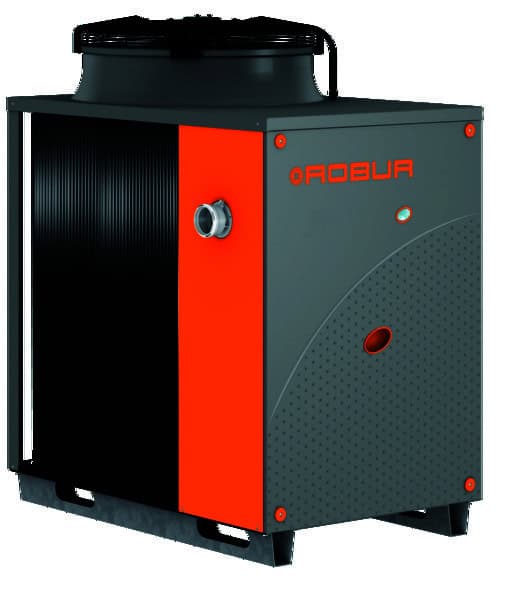Why heat pumps are the next big thing?
It’s quite clear: we are all living at the cusp of change. This is evidenced by the innovations all around us, and the increasing emphasis on environmentally-sound practices, including renewable energy and sustainability. As such, more homeowners are trying to look for ways in which to reduce their environmental impact. One of the best methods of preserving the environment (and having a comfortable heating system at the same time) is by making use of air source heat pumps.
If you are contemplating a switch to air source heat pumps, here’s what you should know.
What are they, and how do they work?
Simply put, an air source heat pump is a pump which has been designed to draw heat from the outside air. The heat pump works by taking in outside air, and compresses this air and discharges it at a warmer temperature. The heat is then transferred to your central heating system. The outside air does not need to feel warm as an air source heat pump can still work at temperatures as low as -15C.
What are the benefits of air source heat pumps?
Compared to other more traditional systems, like standard electric heating, an air source heat pump can significantly lower your energy bill, by as much as £1060 per year, as it absorbs heat from outdoors. If your existing system is electric-, LPG-, oil-, or coal-based, replacing it with a heat pump will bring you even more savings. If you have a heat pump, you no longer have to deal with deliveries of fuel and you can do your part in preserving the environment by decreasing the carbon emissions of your home. Apart from these environmental and savings benefits, there is one other advantage brought by heat pumps: earnings from the government in the form of the Renewable Heat Incentive, where the government pays you based on the amount of energy you produce and use.
How to know if an air source heat pump is suitable for your home
Whilst a heat pump is relatively easy to install and maintain, there are some factors to consider before you have one installed. First of all: do you have a specific space outside your home where the pump can be situated? The ideal location is somewhere outside, where the unit can be placed next to a wall. You would also need to have space around the unit so it can get a good air flow. Although an air source pump is considered Permitted Development it is worth checking with your Local Authority for any local regulations that need to be considered, such as the distance from any neighbouring property.
Another question you should ask yourself is this: how well-insulated is your home? When you are changing to any environmentally friendly heating system preserving the heat you generate is a key consideration. Heat pumps work at lower, ambient temperatures and your home will feel comfortably warm without draughts and cold spots. With a well-insulated home that is also draught proofed, your heat pump can function more effectively.
If you are in a position to replace your entire heating system, air source heat pumps work at their best with underfloor heating. However, you will still get good results with an existing radiator or ‘wet’ system.
Energy specialists like npower can assist you in switching to air source heat pumps. Speaking to your energy supplier in the first instance, could lead you onto the path of a renewable future. It could be one of the best decisions you could make.















